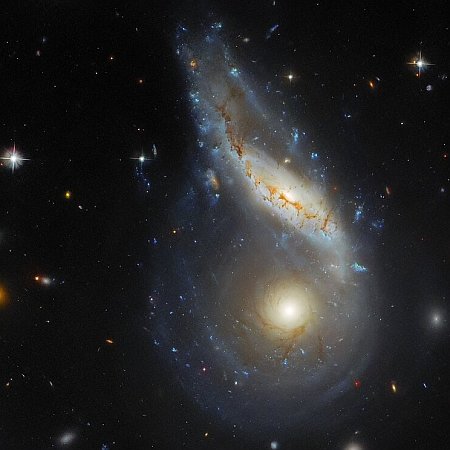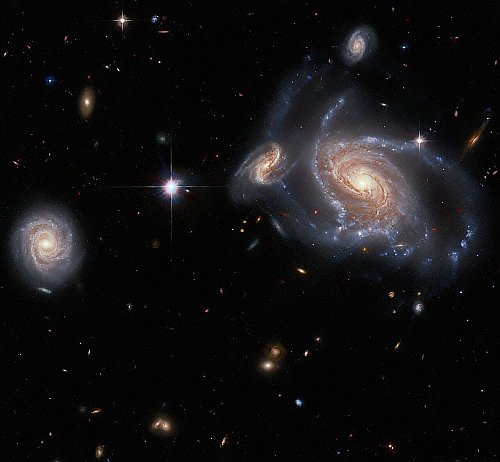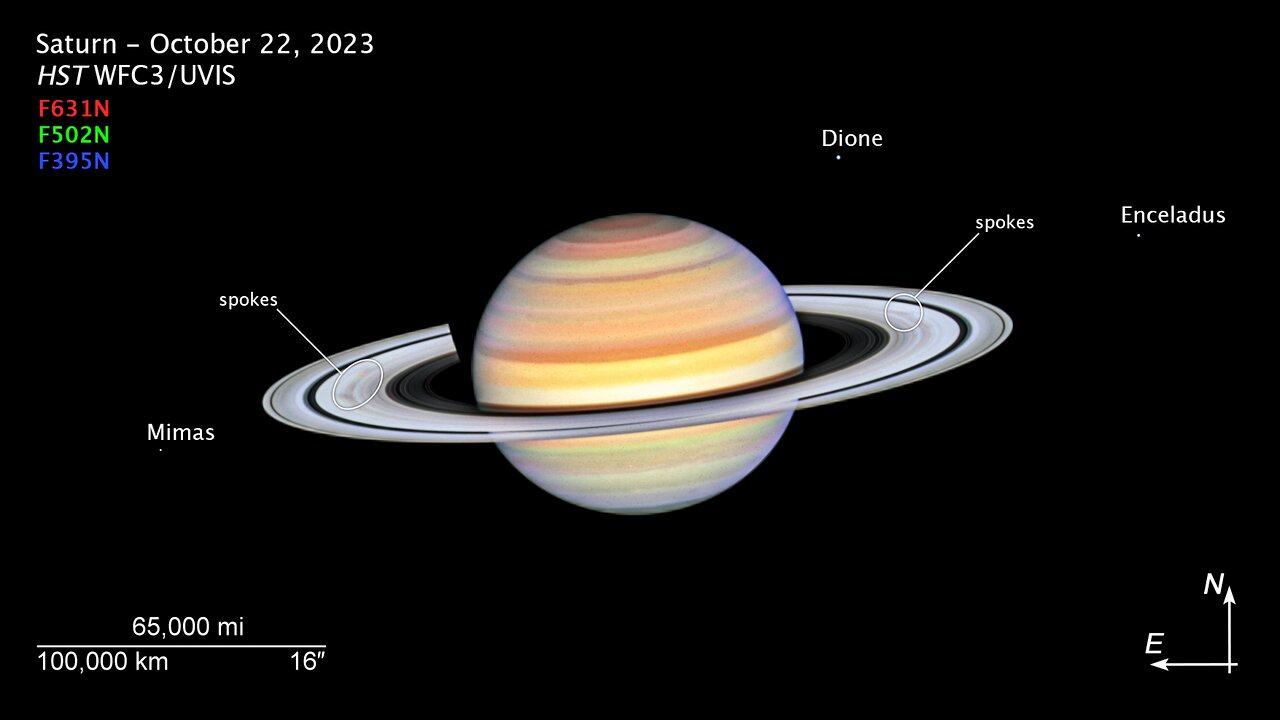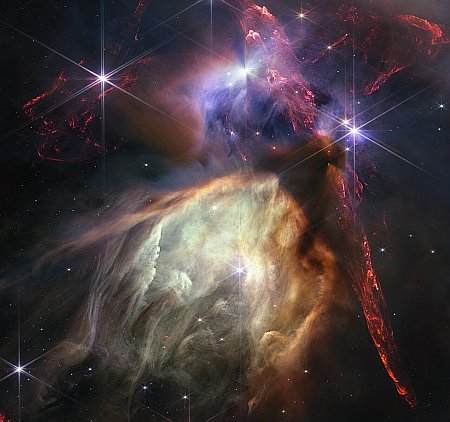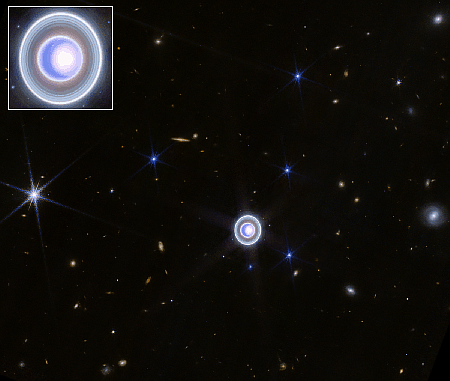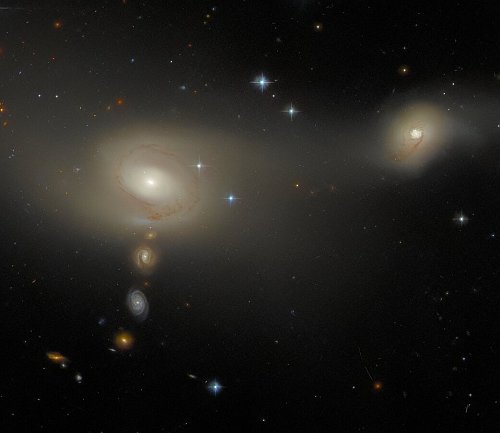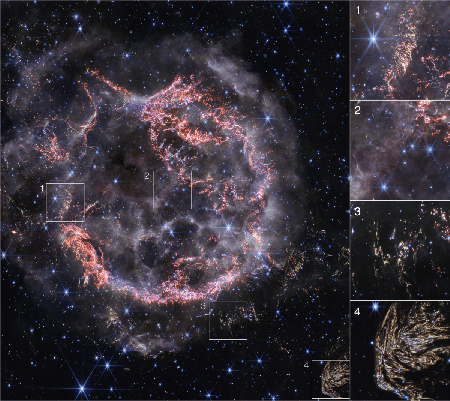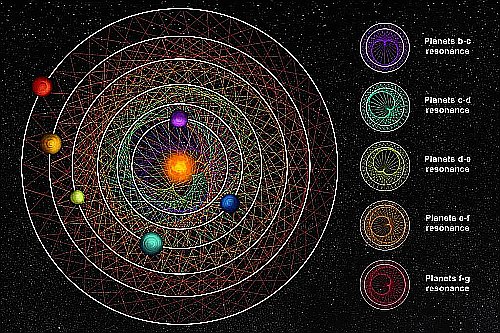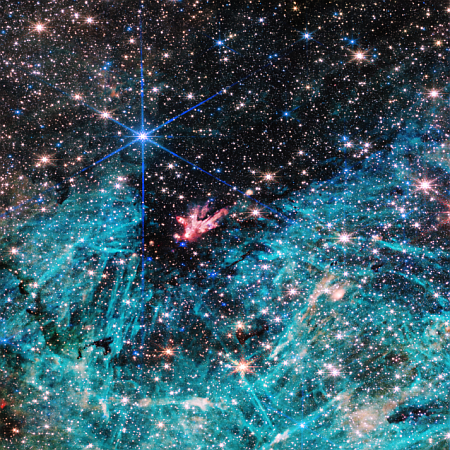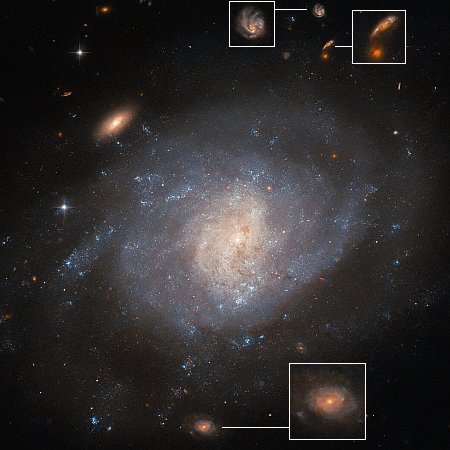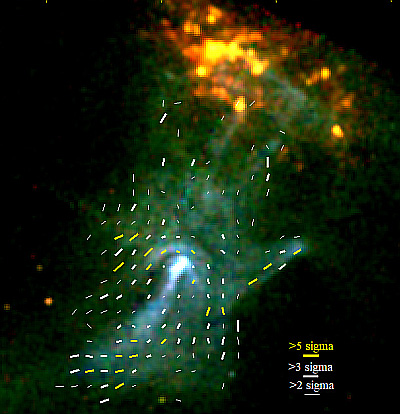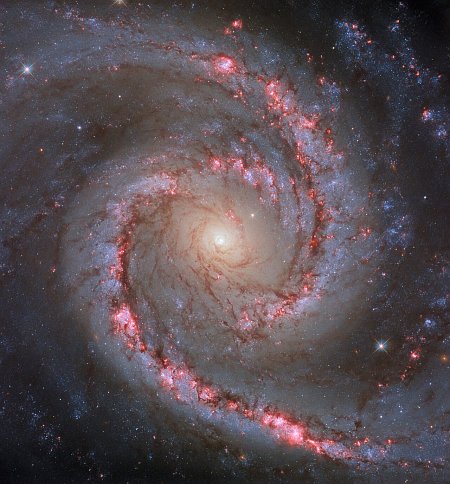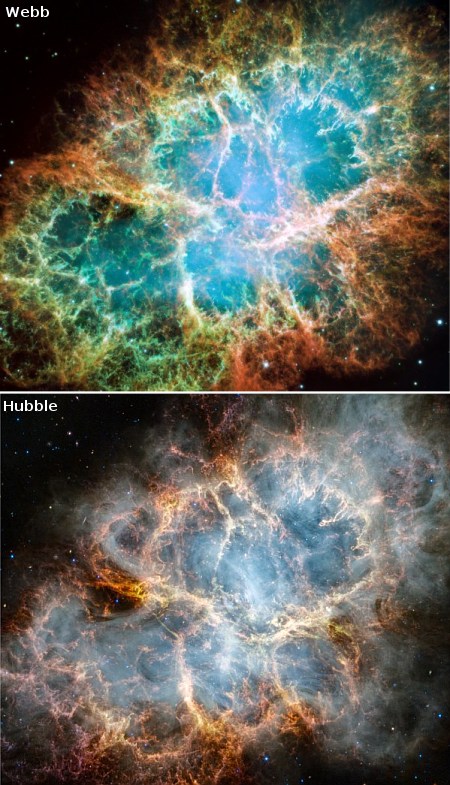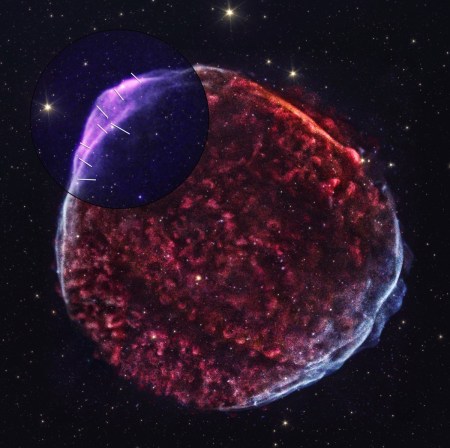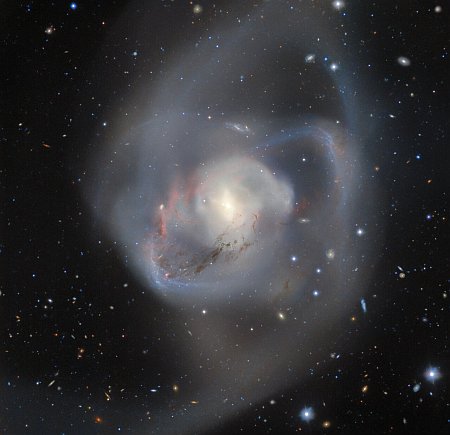China launches X-ray space telescope
China early today successfully used its Long March 2C rocket to launch its new Einstein X-ray space telescope, built in partnership with the European Space Agency (ESA). The rocket lifted off from the Xichang spaceport in the southwest of China.
Astronomers will use the telescope to study the high energy released by during supernovae. It will also be used to study black holes and other high energy deep space phenomenon.
Meanwhile, the lower stages of the rocket, which use toxic hypergolic fuels, fell somewhere in China. No word if they landed anywhere near habitable areas.
The 2023 launch race:
3 SpaceX
2 China
1 India
1 ULA
China early today successfully used its Long March 2C rocket to launch its new Einstein X-ray space telescope, built in partnership with the European Space Agency (ESA). The rocket lifted off from the Xichang spaceport in the southwest of China.
Astronomers will use the telescope to study the high energy released by during supernovae. It will also be used to study black holes and other high energy deep space phenomenon.
Meanwhile, the lower stages of the rocket, which use toxic hypergolic fuels, fell somewhere in China. No word if they landed anywhere near habitable areas.
The 2023 launch race:
3 SpaceX
2 China
1 India
1 ULA

